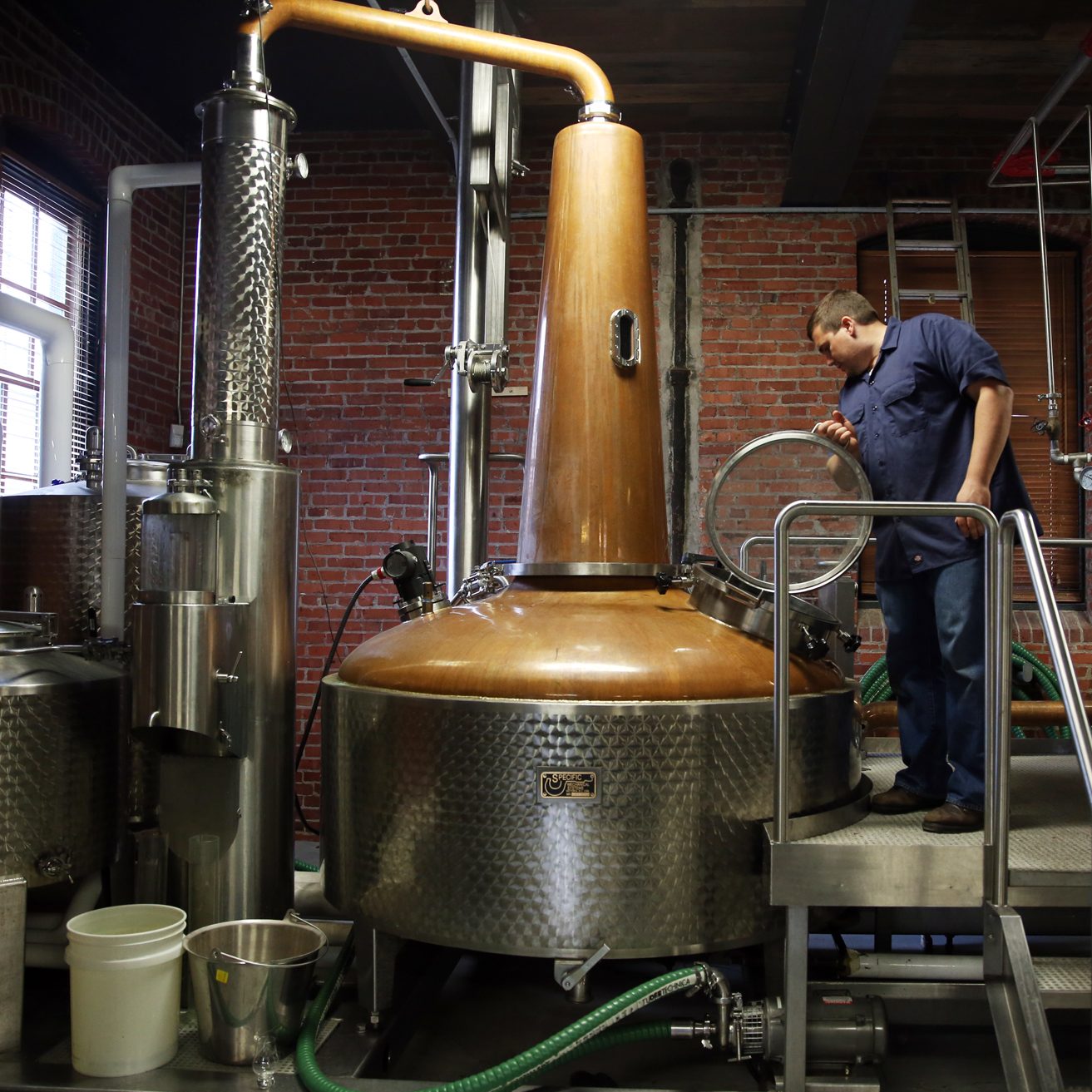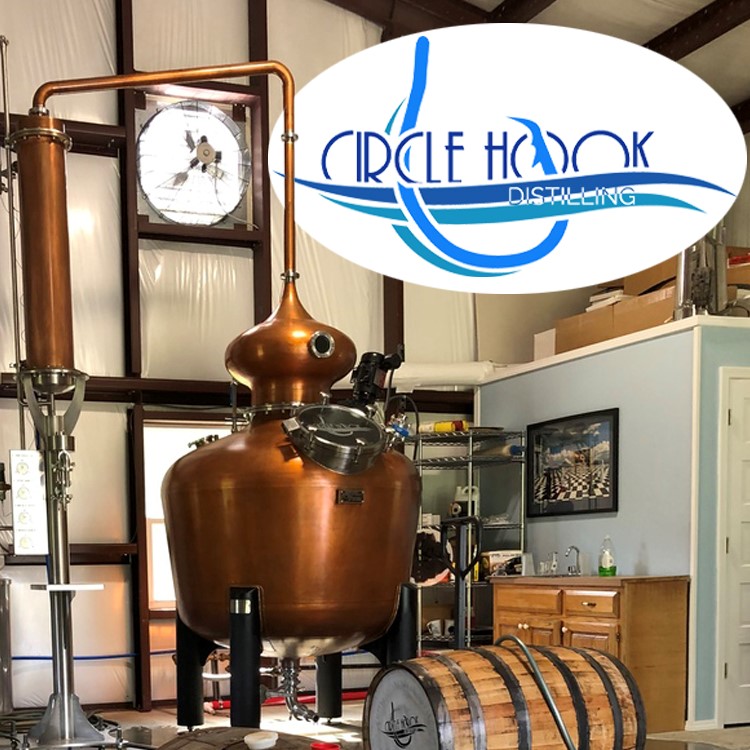Distillation is an age-old process that has been refined and perfected over centuries to create some of the world’s finest spirits and essential oils. At the heart of this alchemical art lies a deep understanding of the differences between the “heads,” “hearts,” and “tails” of the distillation run. These terms are commonly associated with the process of producing distilled beverages, particularly spirits like whiskey and vodka, but they also have relevance in other distillation applications, such as perfume and essential oil production.
The Heads:
The “heads” represent the initial portion of the distillation run. This fraction typically contains volatile compounds with lower boiling points than the desired ethanol or essential oil. These compounds can include harmful substances like methanol, acetone, and other unwanted congeners. The heads are often characterized by their pungent and unpleasant odors, and they can even be toxic in higher concentrations. Distillers discard the heads to ensure that the final product is safe for consumption.
The Hearts:
The “hearts” are the prize of the distillation process. This is the part of the distillate that contains the desired alcohol or essential oil, along with the compounds that contribute to the unique flavours, aromas, and characteristics of the final product. The hearts are typically characterized by a smoother and more appealing aroma and taste. Distillers carefully collect and preserve this fraction for further aging or blending to achieve the desired flavor profile.
The Tails:
The “tails” are the final portion of the distillation run. Similar to the heads, the tails contain compounds with higher boiling points than ethanol or essential oil, which can result in less desirable flavours and aromas. While not as toxic as the heads, the tails often carry a harsh, bitter taste. Some distillers collect a portion of the tails but separately from the hearts, to be redistilled in subsequent runs or used for different purposes like cleaning equipment or extracting lower-grade products.
In the world of spirits production, achieving the perfect cut between heads, hearts, and tails is both an art and a science. Distillers often rely on their senses, such as taste and smell, as well as precise temperature and pressure measurements to determine when to make the cut. These decisions can significantly influence the character and quality of the final product.
The art of distillation goes beyond separating these three fractions. It also involves the intricacies of aging, blending, and flavour development. For whiskey, for instance, the aging process in wooden barrels further refines the spirit, imparting unique flavours and colors. Master distillers meticulously oversee these aspects to craft spirits that are both consistent and distinctive.
In the realm of essential oils and perfumes, the heads, hearts, and tails hold a similar significance. Extracting the purest, most aromatic oils requires a keen understanding of these fractions to create fragrances that capture the essence of nature’s botanical wonders.
Heads, hearts, and tails are not just technical terms in the world of distillation; they represent the essence of the craft. The careful separation of these fractions, guided by tradition and innovation, is what allows distillers to turn raw ingredients into liquid gold, be it in the form of fine spirits or fragrant essential oils. This process is a testament to the synergy of science and art, where a deep understanding of chemistry and a finely tuned palate come together to create some of the world’s most cherished products.





